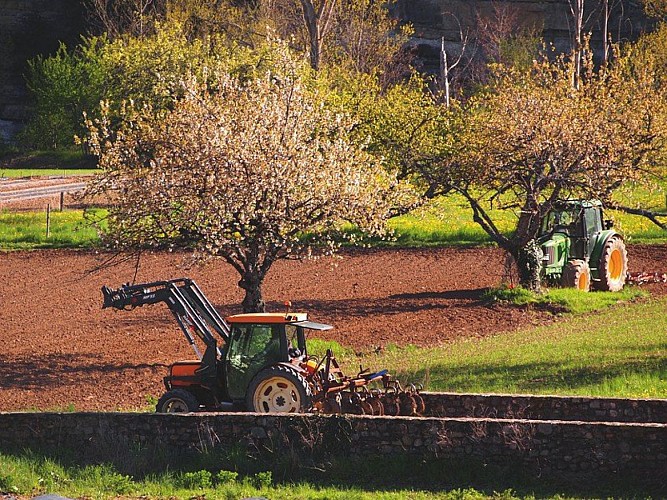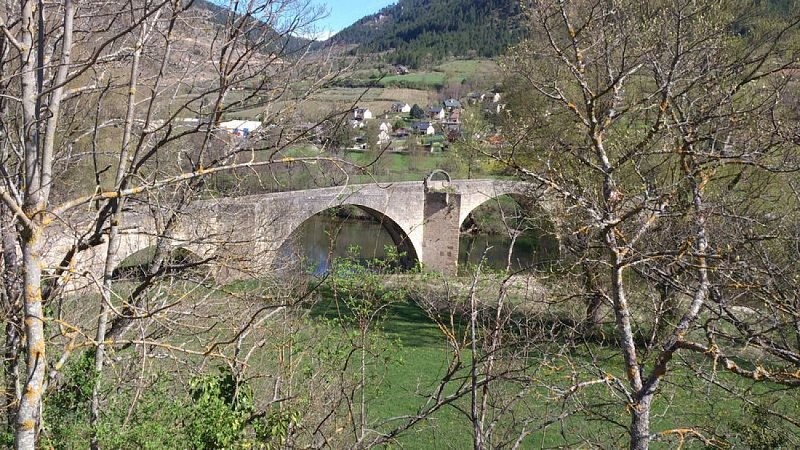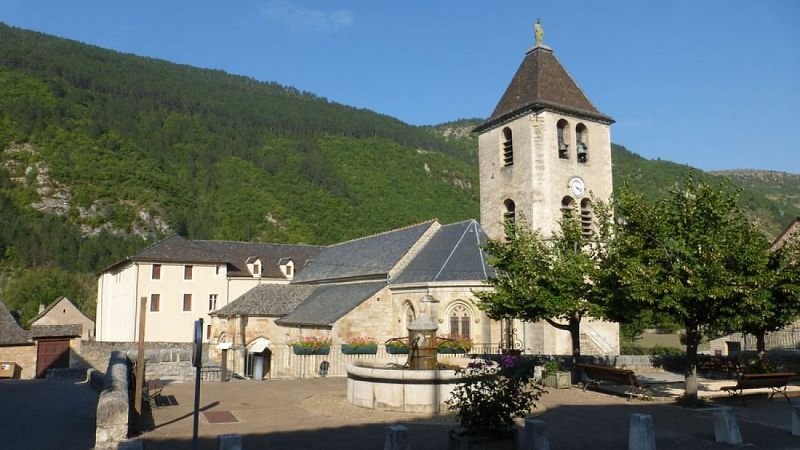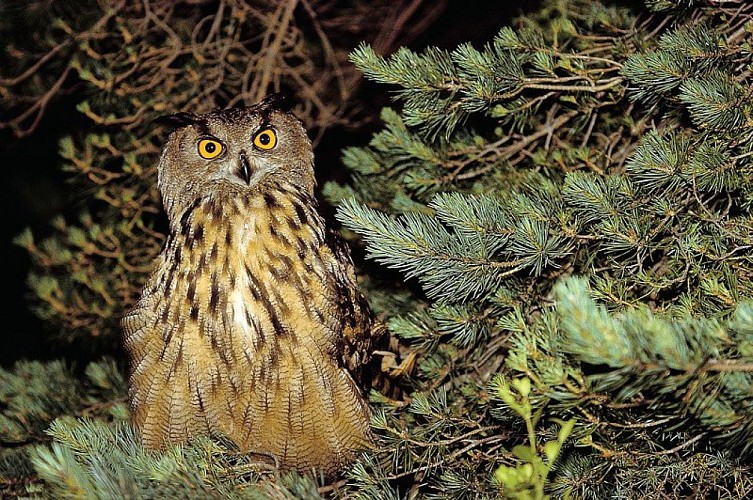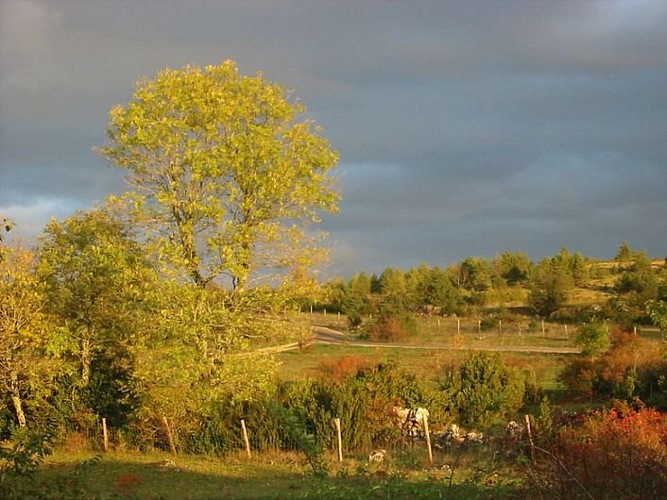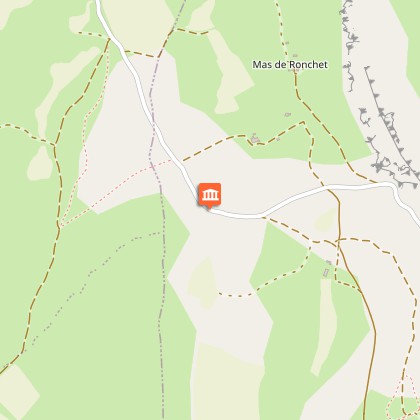Alert
Alerts
Le Single (by mountain-bike)


IGN cards
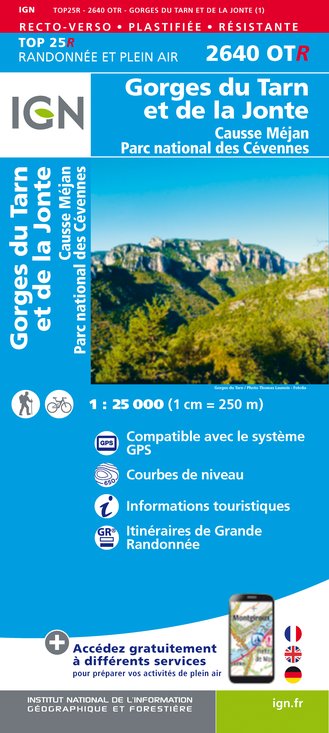








Description
Le Single trail goes around the summit of the same name, part limestone part schist, and offers numerous viewpoints over the upper Tarn valley and Mont Lozère.
Mountain-bike route #5. Quite smooth despite a descent on a single-lane and stony path. From Ispagnac, cycle to Quézac via the town gardens. Then climb to Javillet and continue on the forestry track to reach Le Tomple. Take the lane on the left (do not go through the hamlet) that joins up with the D 16 road. Go downhill on a stony single-track path to reach a track that leads to Monteils. Go downhill towards Salièges; turn left before you arrive at Salièges and take the path towards Fayet. Bike along the Tarn on this track to Fayet, Bieissette and then Ispagnac.
Technical Information
Altimetric profile
Starting point
Points of interest
Additional information
Departure
Ispagnac
Arrival
Ispagnac
Access
From Florac, take the N 106 towards Mende, then the D 907bis (Gorges du Tarn) towards Ispagnac (car park opposite the pharmacy)
Advised parking
Car park opposite the pharmacy
Advice
No cycling off-track. You are strongly advised to wear a helmet. Do not forget your repair kit and a small set of tools. Shut all gates and barriers after yourself. Slow down in farms and hamlets.
Is in the midst of the park
The national park is an unrestricted natural area but subjected to regulations which must be known by all visitors.
Data author

